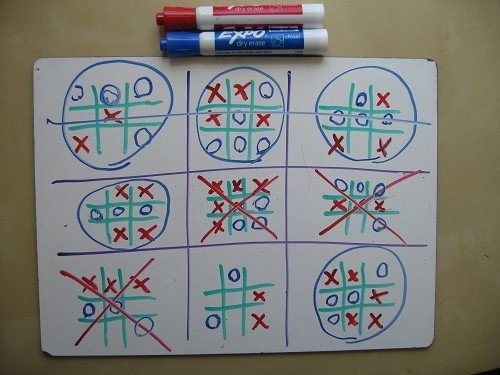In December 2013 we held a bunch of weekly weekend-challenge events, which was fun, and generated posts that made it to the site's newsletter, week after week. One may want to tweak this query so as to filter posts created before December 30th, 2013.
Some weekend-challenge stats up to that date:
- 5 "eligible" challenges
- 4.8 questions / challenge
- 8 answers / challenge
- 11 participants (askers)
- 24 questions
- 40 answers (1.667 avg.answers, std.dev. 0.761)
- 4,762 views (avg. 198.417, std.dev. 145.99)
- 70 comments (avg. 4.118, std.dev. 2.804)
- 206 question score / votes (avg. 8.583, std.dev. 2.796)
Let's reboot the thing. But differently.
Why? For the heck of it.
When? Between Saturday 2014-02-01 and Friday 2014-02-28, inclusively. Because it's no longer a weekend-only thing, the weekend-challenge tag is being replaced with community-challenge.
Who? Everyone that thinks they can implement the challenge with the best code they can write.
What? We have less than 2 days to decide.
Rules.
- Entries must implement the challenge proposed in the accepted answer here. Implementation details are up to each participant.
- There is no platform or language constraint (do it in brainfuck if you dare!).
- You can post working parts of your code separately, as you write them.
- You can post as many questions as needed to get your solution fully peer reviewed.
- Posts must be your best possible code - don't just post something that works, put some effort into it. If you're about to post and see a refactoring opportunity, take it.
- These questions are meant to be examplary CR questions. Don't just dump your code for review, put some effort into your CR question, too.
We shall re-conduct this event later (with a different challenge of course!), if a post-mortem analysis shows that this activity has contributed to bring up the site's metrics. The December stats show 1.67 answers per question - that isn't enough. We need at least 2 answers per question, and of course decent voting.



code-challengetag rather thancode-golf(and specifying goals incompatible with golf) \$\endgroup\$An objective primary winning criterion, so that it is possible to indisputably decide which entry should win.andA clear specification of what constitutes a correct submission. Test cases are highly encouraged.These two requirements are expressly avoided for our challenges. We have no winners, and we have no specific 'correct submission'. \$\endgroup\$